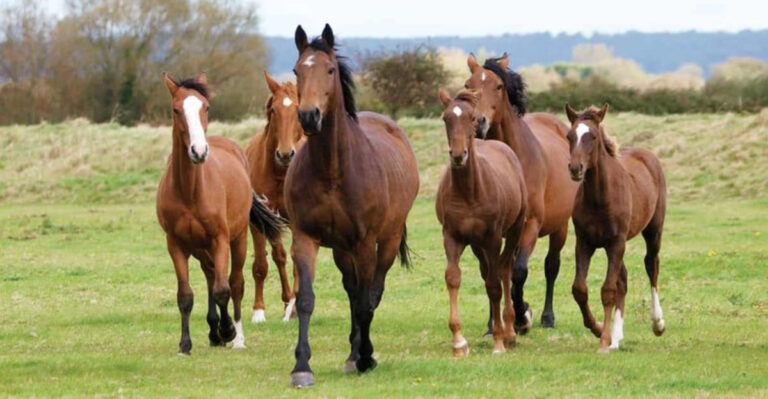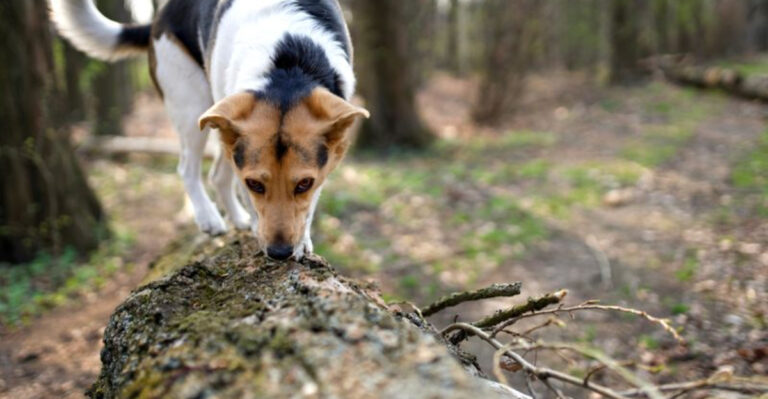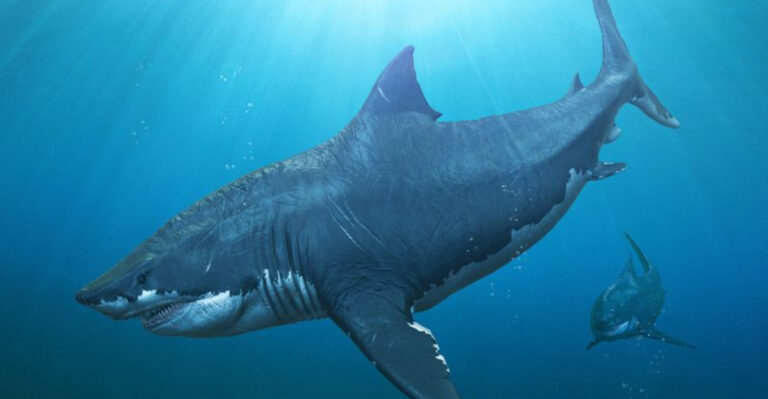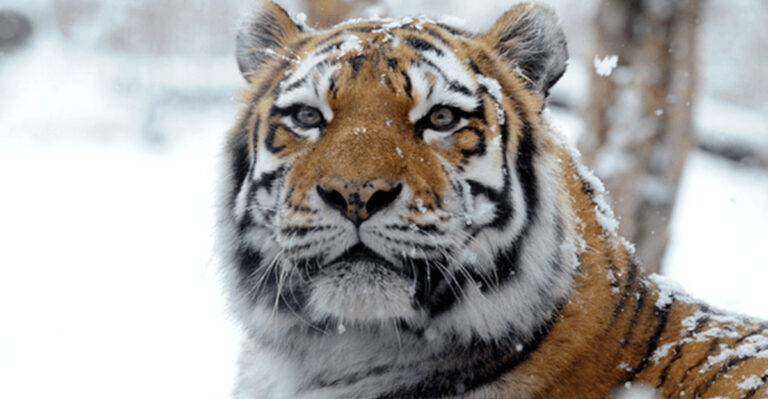15 Incredible Animals You’ll Find In Alaska’s Untamed Wilderness
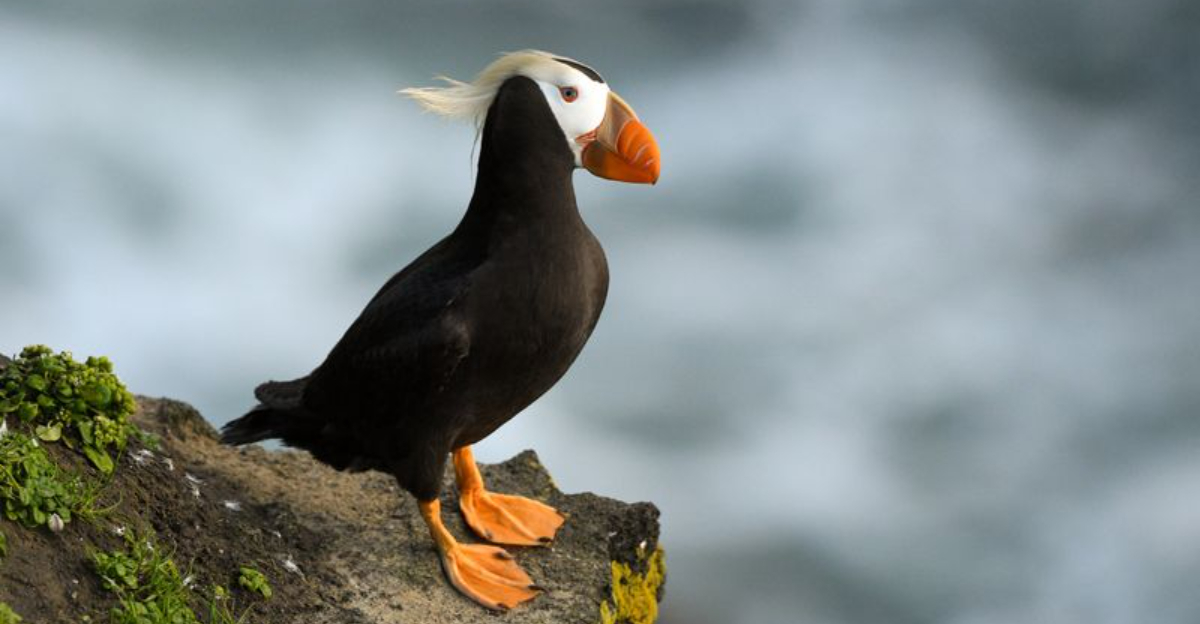
Discover the captivating wildlife that roams Alaska’s vast wilderness. This list introduces you to some of the most remarkable animals you’ll encounter, showcasing their unique traits and habitats.
Join us on a journey through the untamed landscapes of Alaska, where nature thrives in its most raw and majestic form.
1. Bald Eagle
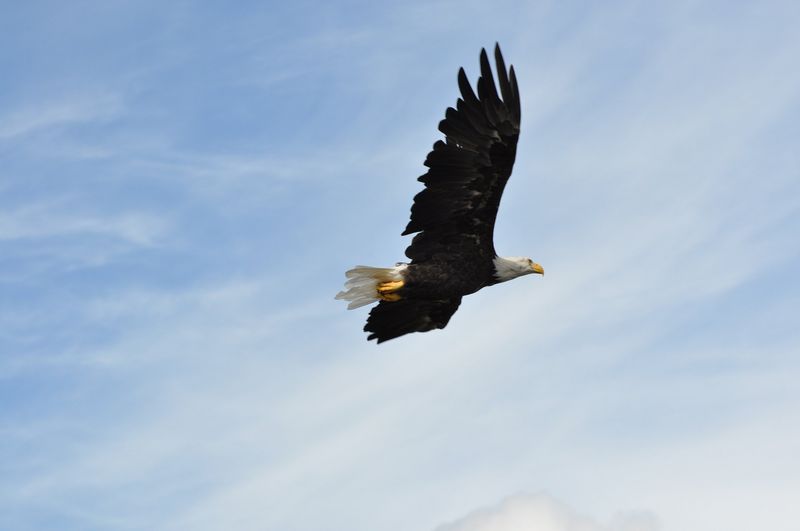
The bald eagle is an emblem of strength and freedom. In Alaska, these magnificent birds thrive, soaring high above the rugged terrain. With wingspans reaching up to 7 feet, they are truly a sight to behold.
They often nest in tall trees near rivers and lakes, where they have ample fishing opportunities. Watching an eagle dive gracefully to snatch a fish from the water is a breathtaking experience.
While observing them, it’s important to maintain a respectful distance to avoid disturbing their natural behaviors. Spotting a bald eagle in Alaska is a memory you’ll cherish forever.
2. Grizzly Bear
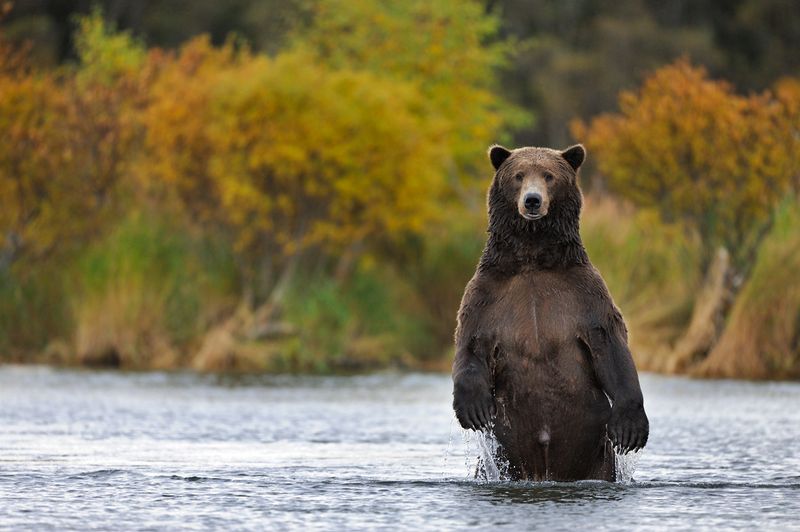
Grizzly bears are the kings of the Alaskan wilderness, showcasing immense strength and agility. These solitary giants can weigh up to 1,500 pounds.
They are often spotted near rivers, especially during salmon spawning season. Watching a grizzly catch a salmon with precision is a testament to their hunting prowess.
While they may appear intimidating, grizzlies are generally uninterested in humans. However, it’s crucial to exercise caution and respect their space.
These bears play a vital role in the ecosystem, contributing to the balance of nature.
3. Moose
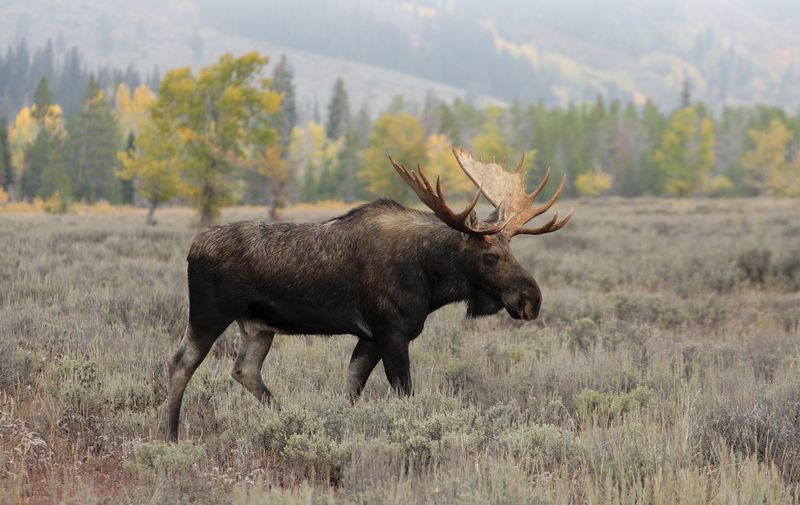
Moose are iconic residents of Alaska, towering over other deer species with their impressive size. Males, or bulls, can weigh up to 1,600 pounds and sport antlers that can span six feet.
They thrive in diverse habitats, from forests to wetlands. Moose are often seen grazing on shrubs and aquatic plants.
Despite their size, they are surprisingly agile swimmers. Observing these gentle giants in their natural surroundings is a serene experience, but always give them plenty of space to roam freely.
4. Alaska Marmot
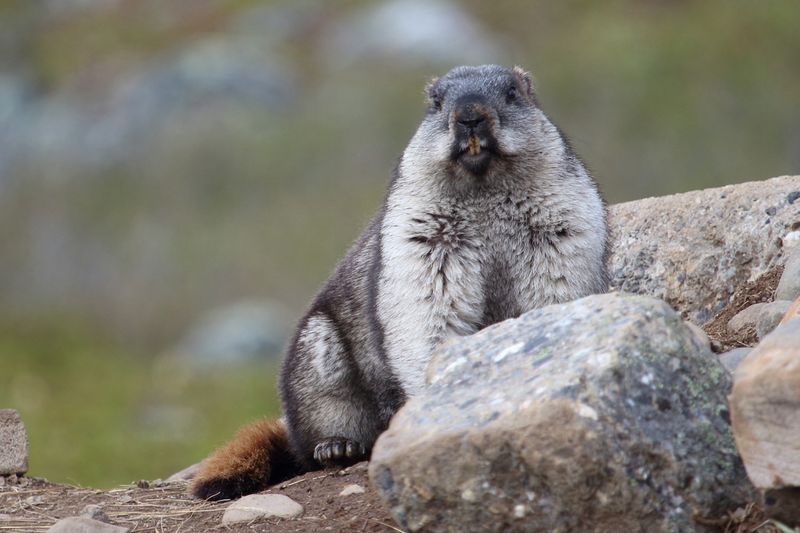
Alaska MarmotHigh in the alpine meadows of Alaska, the Alaska Marmot makes its home.
These sociable creatures are often seen basking in the sun on rocky outcrops, their sharp whistles echoing through the mountains as a warning of approaching danger.
The marmot’s burrows are intricate systems, providing shelter from predators and harsh weather.
During the summer months, Alaska Marmots are busy gathering food to sustain them through the long hibernation period. Their diet primarily consists of grasses and herbs, which they meticulously collect.
The sight of an Alaska Marmot is a charming highlight of any hiking adventure in Alaska’s mountainous regions.
5. Humpback Whale
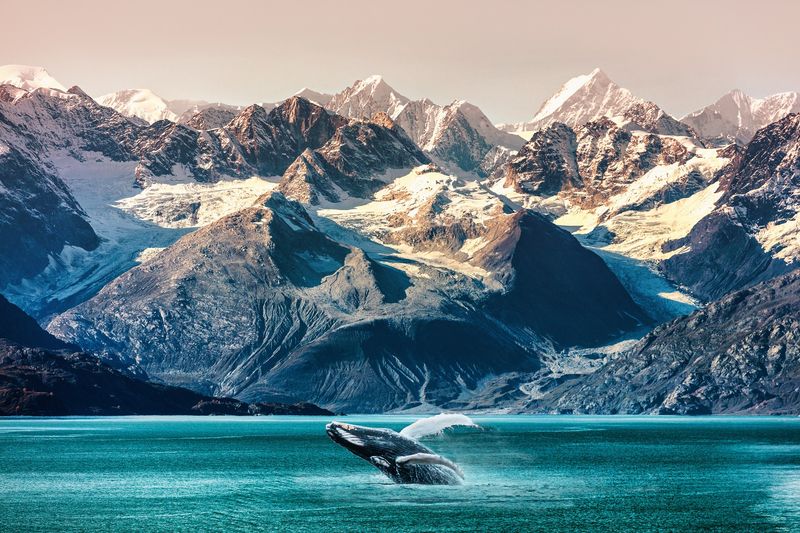
The humpback whale is a majestic creature that migrates to Alaskan waters during the summer to feed. These gentle giants can grow up to 60 feet long.
They are known for their acrobatic breaches and melodic songs. Witnessing a humpback breach the surface, sending a cascade of water into the air, is unforgettable.
Their presence in Alaskan waters highlights the rich marine life supported by these cold seas. Respectful whale-watching tours allow you to appreciate these creatures while maintaining a safe distance, ensuring their natural behaviors are not disrupted.
6. Dall Sheep
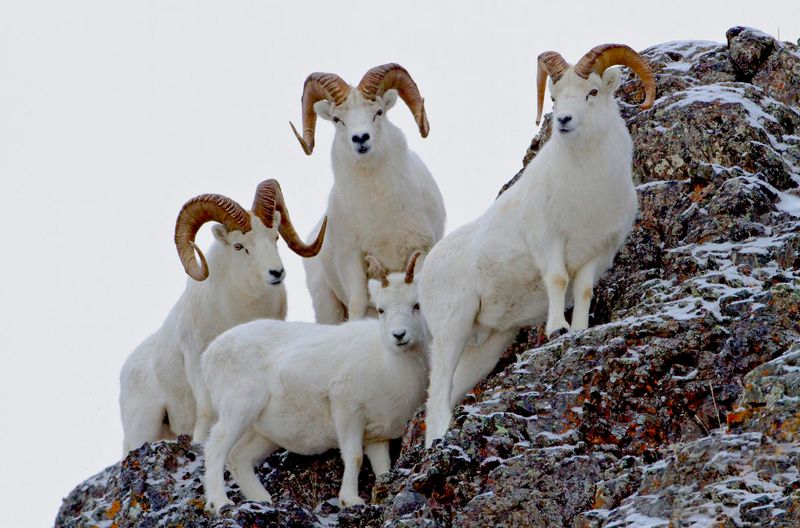
Dall sheep are agile climbers, often seen navigating the steep cliffs of Alaska’s mountain ranges. Their striking white coats blend seamlessly with their snowy surroundings.
These herbivores are social animals, typically found in herds. They graze on grasses and shrubs, using their sharp hooves to grip rocky surfaces.
Observing a herd of Dall sheep scaling a mountain is a testament to their resilience. Their ability to thrive in harsh conditions showcases the adaptability of wildlife in Alaska’s unforgiving wilderness.
7. Gray Wolf
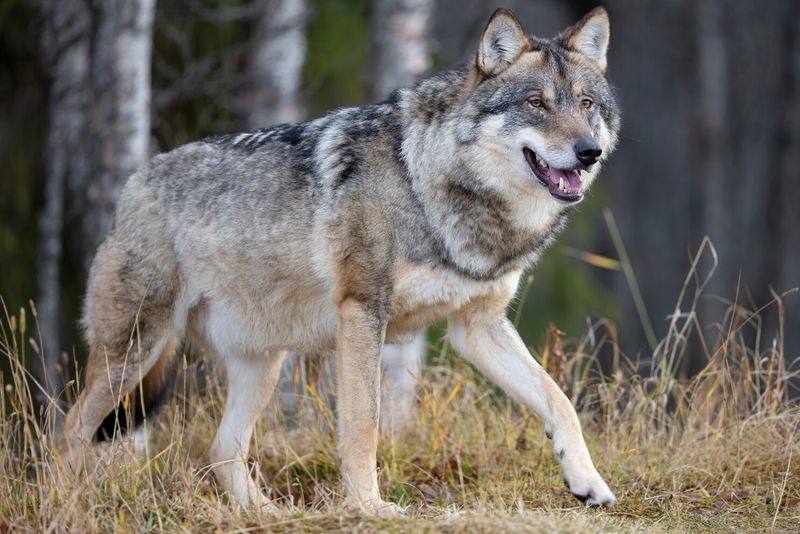
Gray wolves are masters of teamwork, living and hunting in packs. In Alaska, they roam vast territories, showcasing their incredible endurance.
These predators are vital to maintaining the ecological balance, preying on deer and moose. Their haunting howls echo through the forests, a call to the wild.
Spotting a gray wolf in its natural habitat is a rare treat. They are elusive and wary of humans, adding to the mystique that surrounds them in the Alaskan wilderness.
8. Caribou
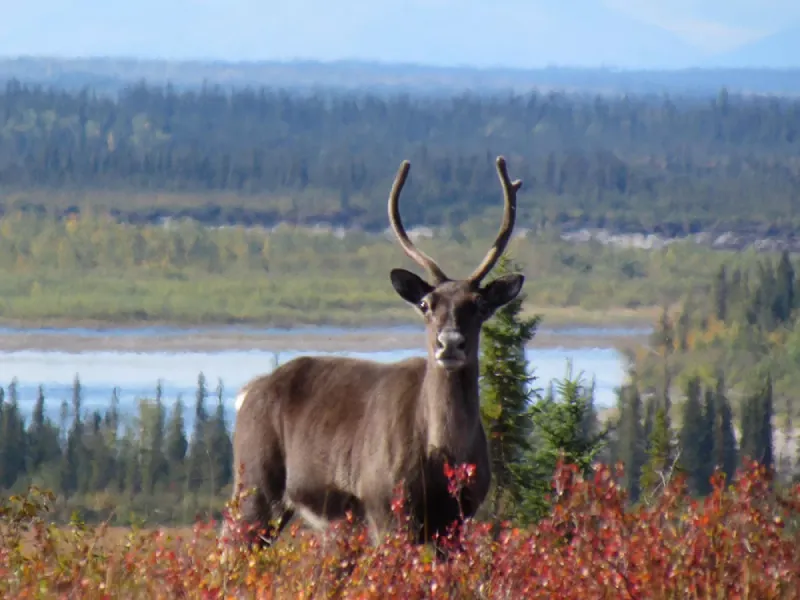
Caribou, known as reindeer in other regions, are iconic of Alaska’s tundra. Known for their incredible migrations, they travel thousands of miles each year.
Both males and females boast antlers, with bulls growing particularly impressive ones. They thrive in the open tundra, feeding on lichens and grasses.
Caribou are an integral part of the ecosystem, supporting the lifestyle of indigenous peoples. Observing a herd moving across the tundra is a sight that underscores the harmony of life in Alaska’s wilds.
9. Sea Otter
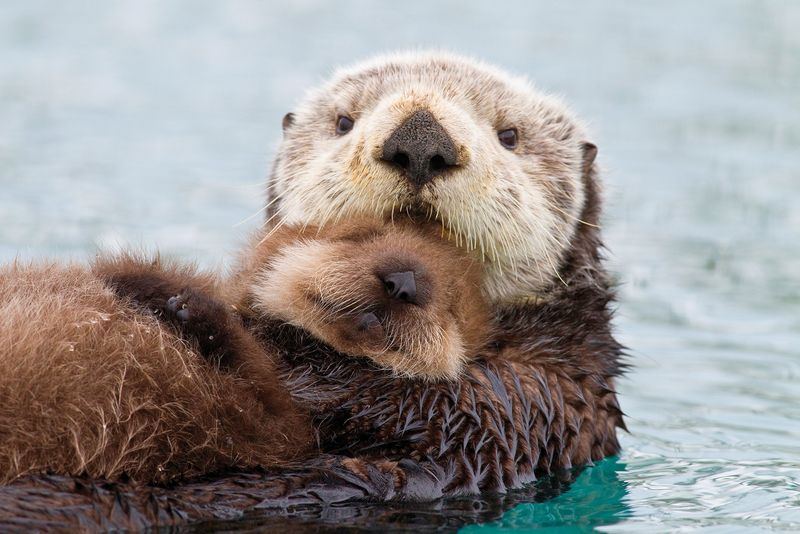
Sea otters are endearing creatures, often seen floating on their backs in Alaskan waters. Their playful antics and dense, fluffy fur make them irresistible.
They are adept hunters, using tools to open shellfish. Their role in the ecosystem is crucial, as they help control sea urchin populations that can damage kelp forests.
Watching a sea otter at play is delightful, a reminder of the joy and wonder found in nature. While they seem approachable, it’s essential to admire them without interfering with their natural behaviors.
10. Polar Bear
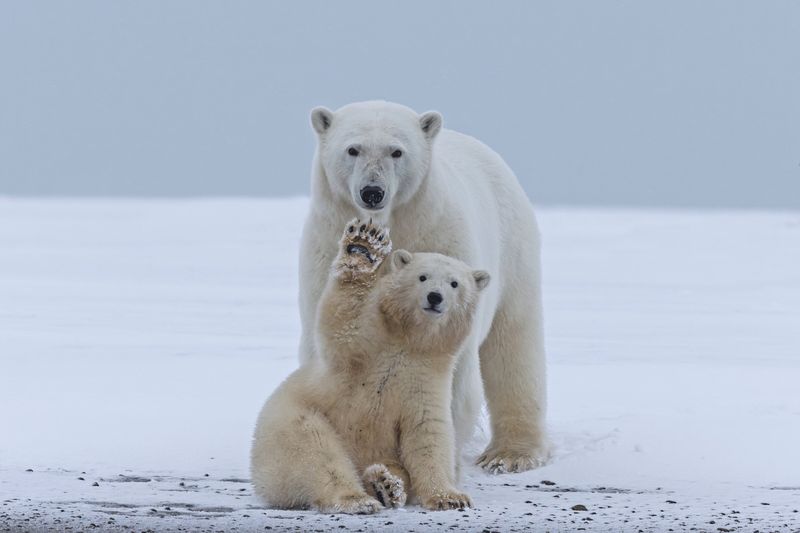
Polar bears are the ultimate survivors, adapted to life in the harsh Arctic regions of Alaska. These powerful predators are excellent swimmers, with a diet primarily consisting of seals.
Their thick fur and layer of blubber keep them warm in frigid temperatures. They are often seen patrolling the ice floes and coastal areas.
Encounters with polar bears require extreme caution, as they are solitary and unpredictable. Their presence in Alaska is a testament to the resilience and adaptability of wildlife in extreme environments.
11. Lynx
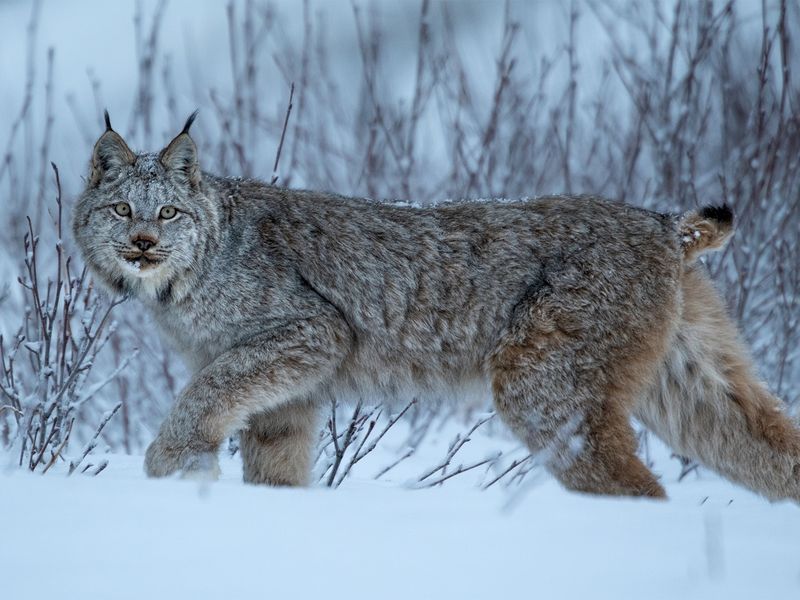
The lynx is a solitary hunter, known for its keen senses and stealth. In Alaska, these elusive cats prowl through the dense forests and snowy landscapes.
With tufted ears and large, padded paws, they are well-equipped for silent movement. Their primary prey includes snowshoe hares, which they stalk with impressive patience.
Spotting a lynx in the wild is a rare and thrilling experience. Their elusive nature and solitary habits make them one of Alaska’s most mysterious inhabitants.
12. Puffin
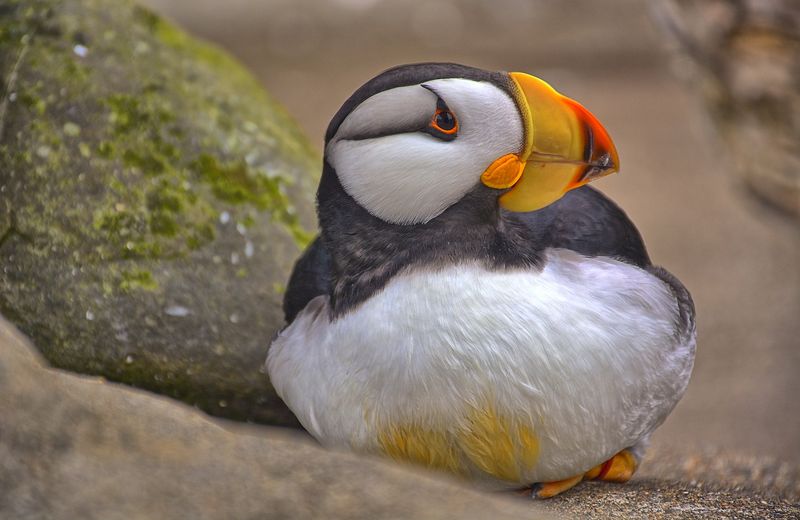
Puffins are delightful seabirds, known for their colorful beaks and comical appearance. In Alaska, they nest on rugged cliffs, diving into the sea to catch fish.
These birds are expert divers, using their wings to ‘fly’ underwater in pursuit of prey. Their charm and unique looks make them a favorite among birdwatchers.
Observing puffins in their natural habitat is a joyful experience. Their colonies are bustling with activity in the breeding season, a testament to the vibrant life found along Alaska’s coast.
13. Orca
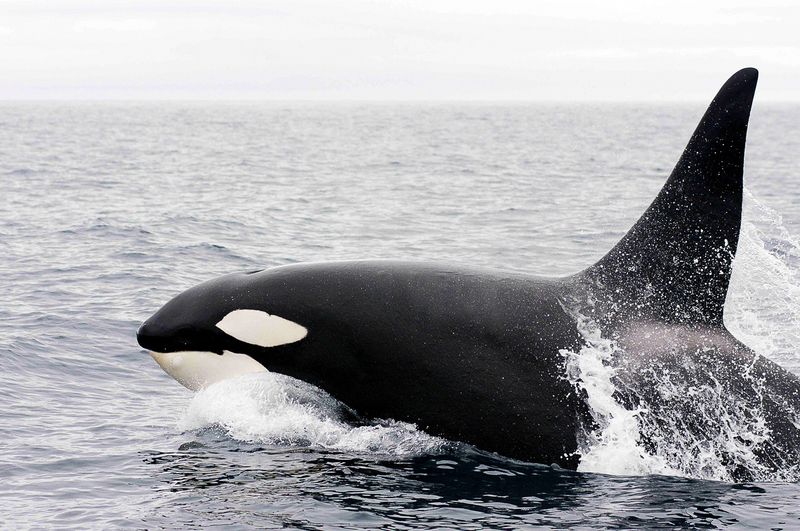
Orcas, or killer whales, are among the ocean’s most skilled hunters. Found in Alaskan waters, they travel in pods, using sophisticated communication and hunting tactics.
Their striking black and white coloring makes them easy to recognize. Watching a pod of orcas work together to hunt is a display of teamwork and intelligence.
Orcas are essential to the marine ecosystem, and their presence is a sign of a healthy, balanced environment. Whale-watching tours offer a chance to see these magnificent creatures up close, observing their behavior without intrusion.
14. Alaskan King Crab
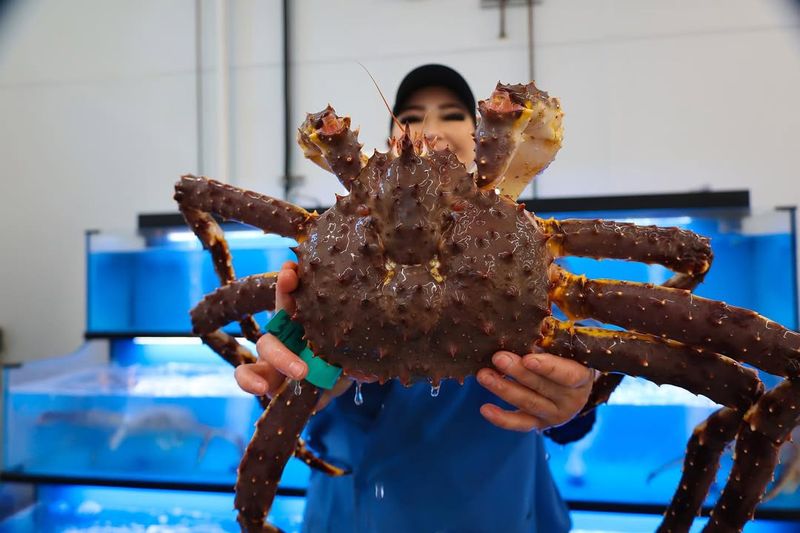
The Alaskan King Crab is a sought-after delicacy, known for its impressive size and delicious meat. These colossal crustaceans dwell in the cold waters of the Bering Sea.
They are primarily harvested in winter, a challenging endeavor for fishermen due to the harsh conditions. Their long, spiny legs and robust claws make them formidable.
While they are a delicacy, sustainable fishing practices are crucial to maintain populations. The King Crab is a symbol of Alaska’s rich marine life, contributing to both the economy and culinary scene.
15. Snowy Owl
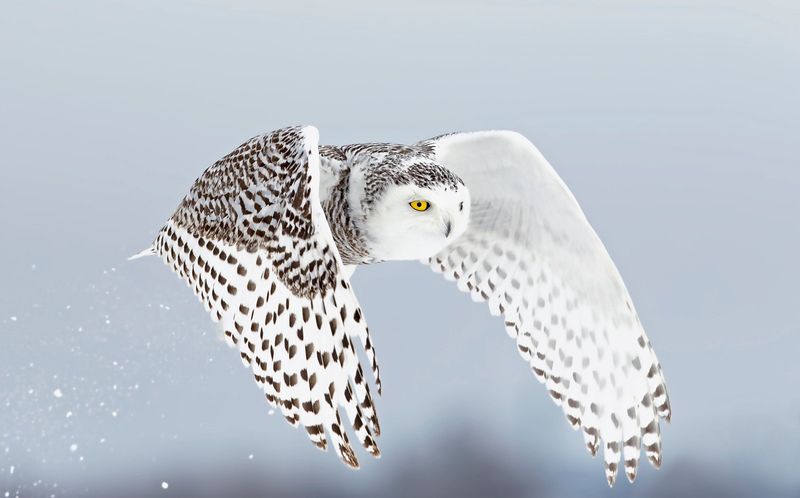
The snowy owl is a captivating symbol of the Arctic tundra, with its striking white plumage and piercing yellow eyes. In Alaska, they are often seen perched in open areas, scanning for prey.
These owls primarily hunt rodents and other small animals, using their acute vision and silent flight to catch prey.
Spotting a snowy owl in the wild is a magical experience, their presence adding a touch of wonder to the landscape. Their adaptation to cold climates showcases the diverse life that thrives in Alaska’s extreme environments.

